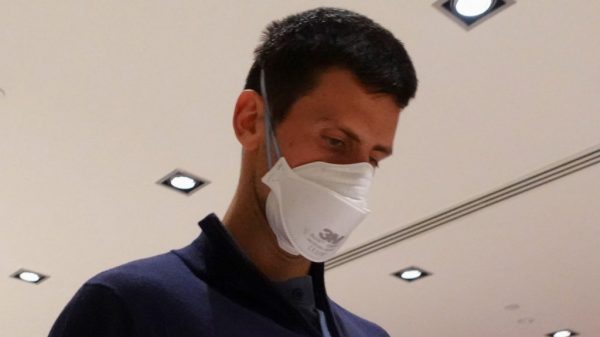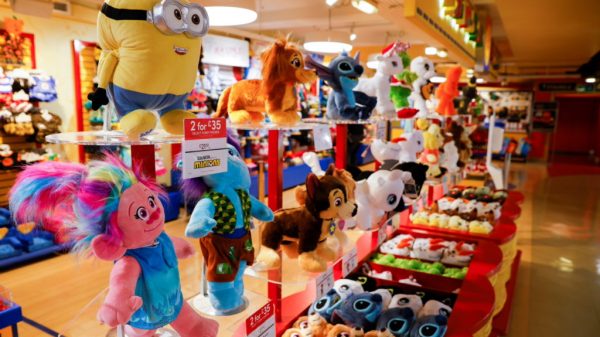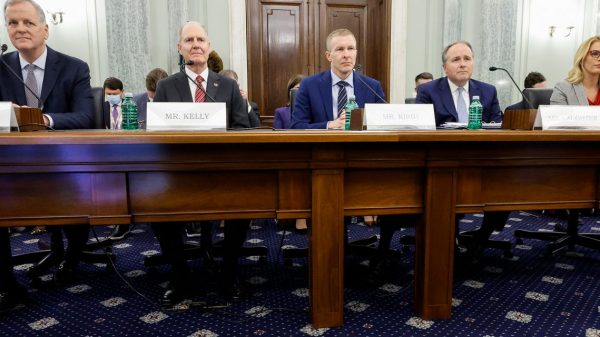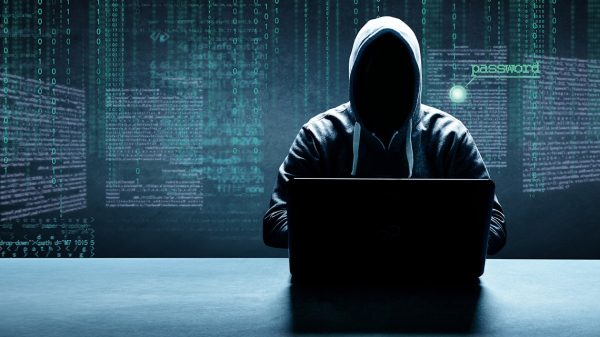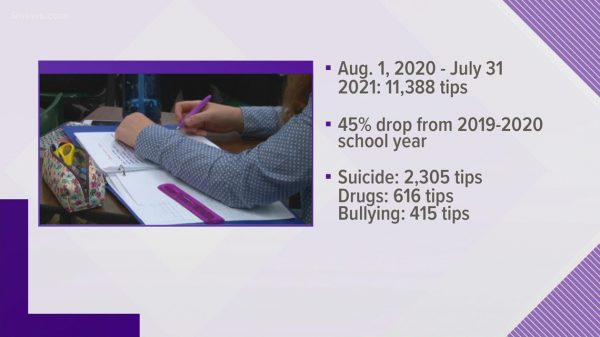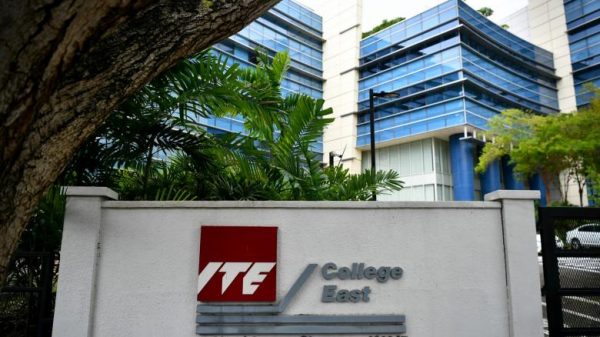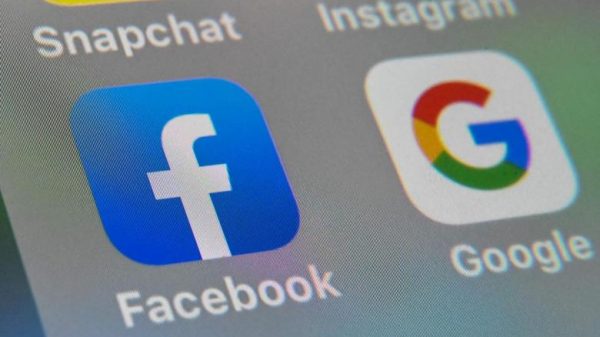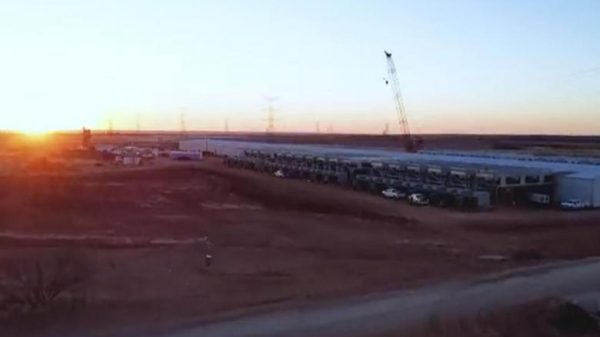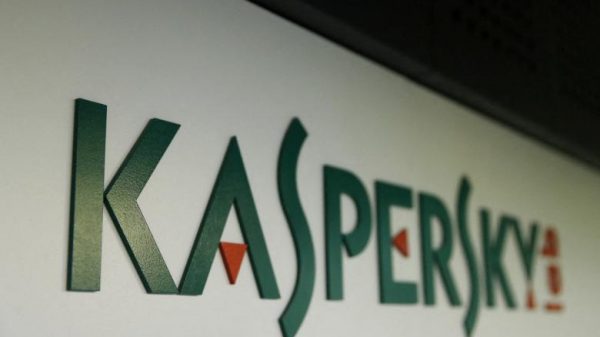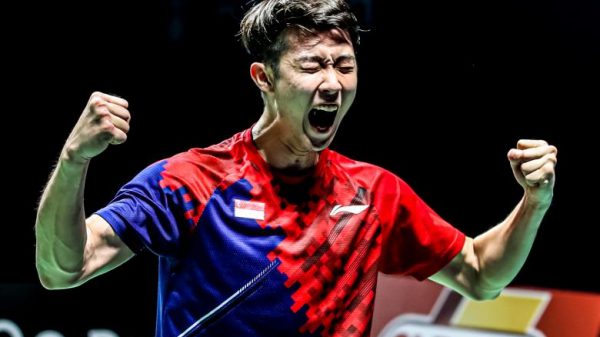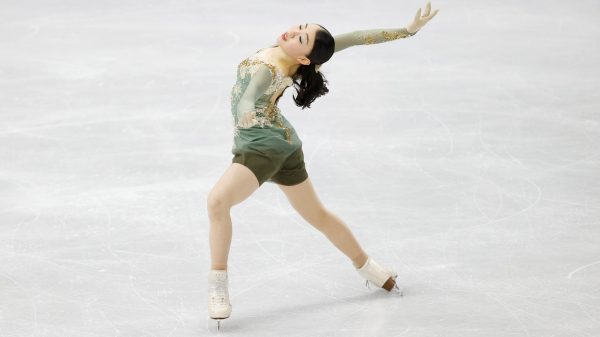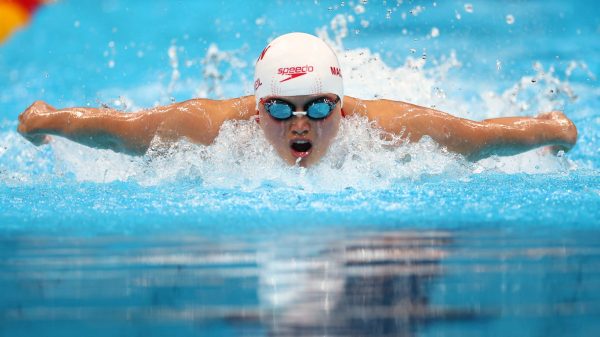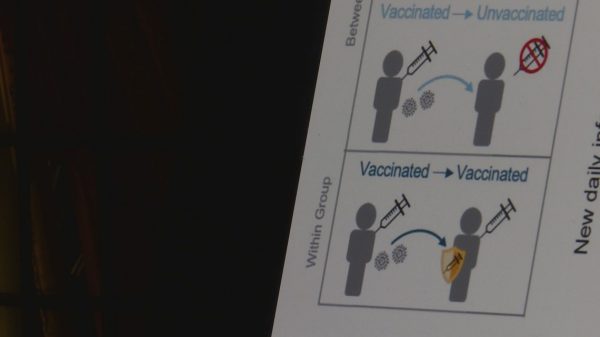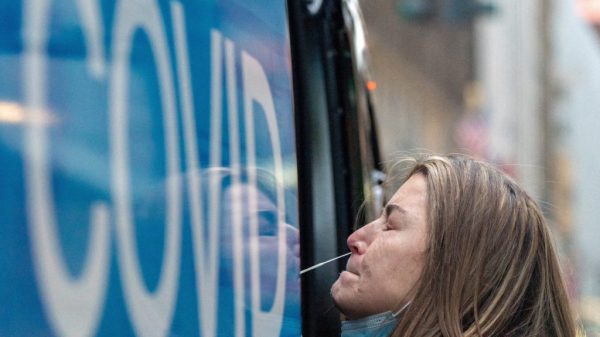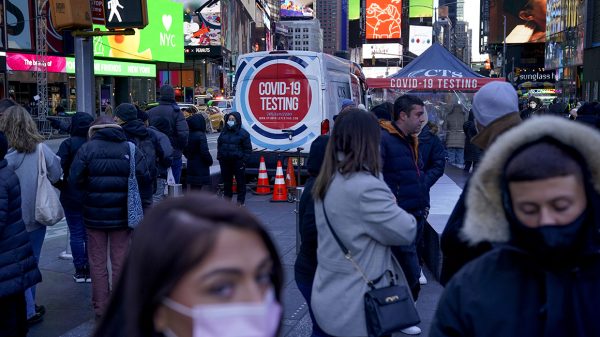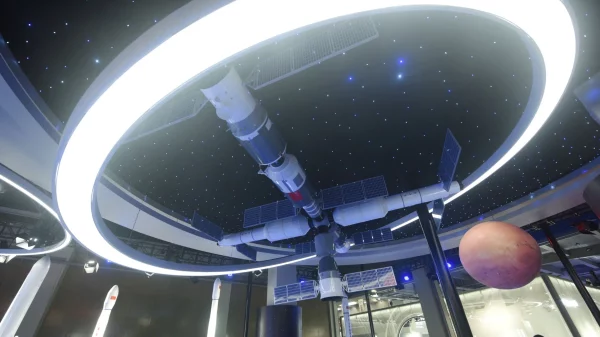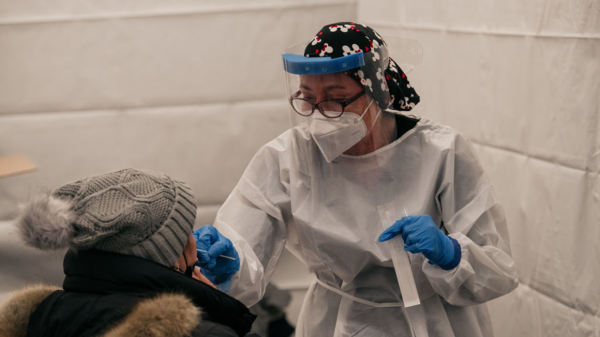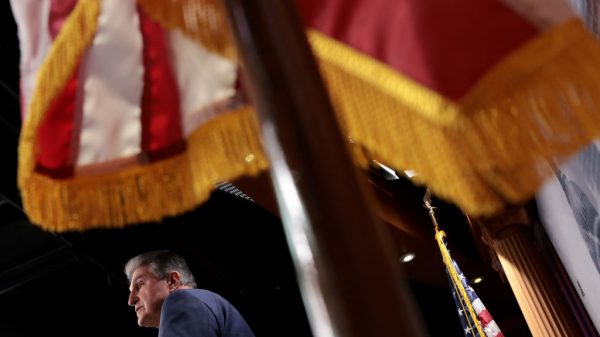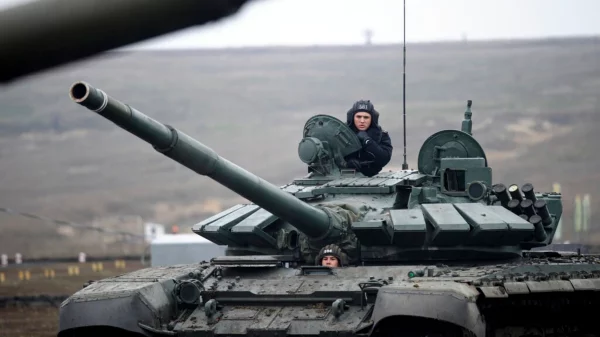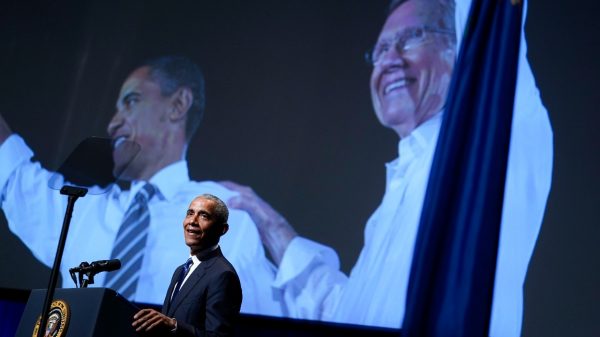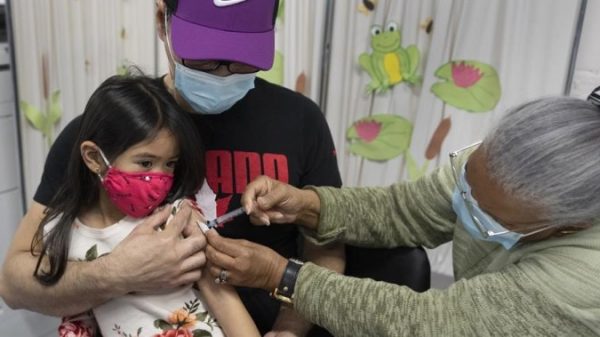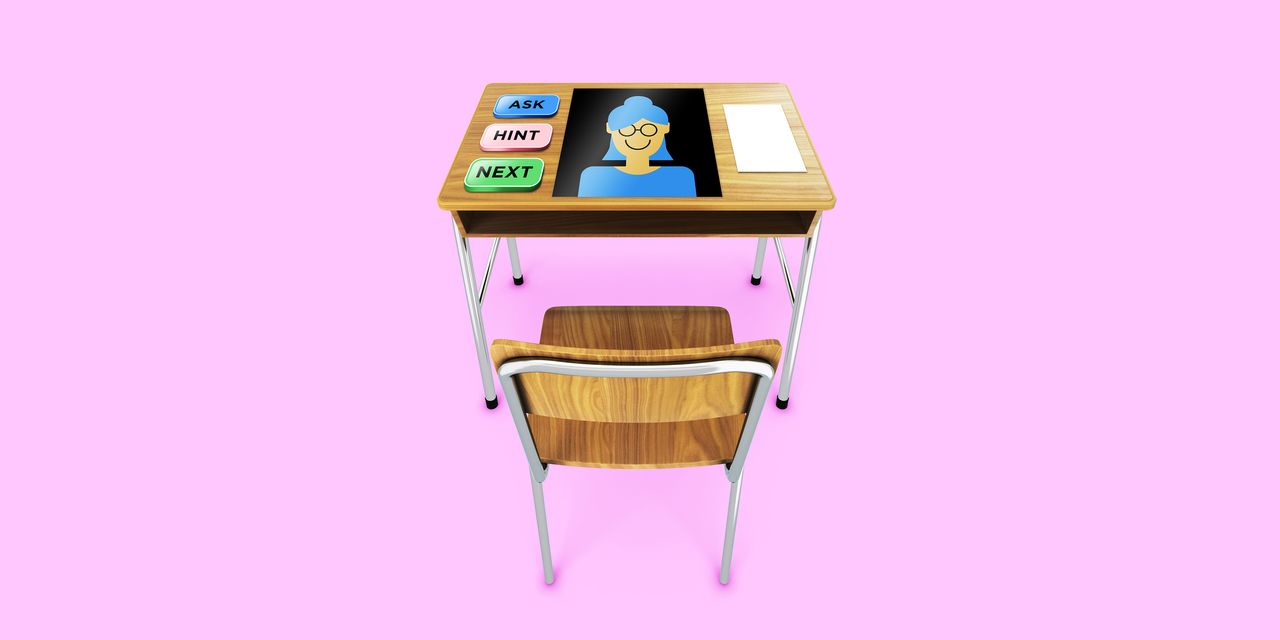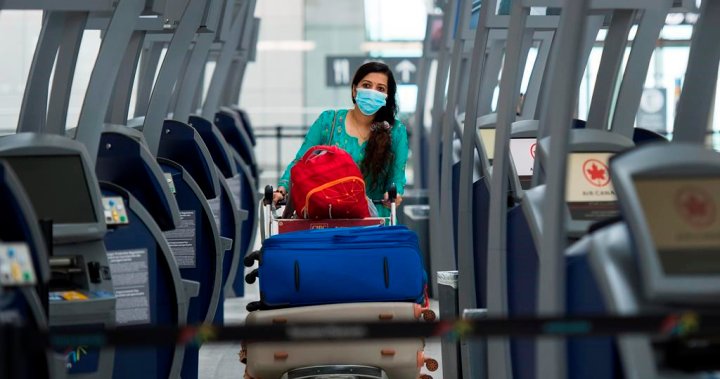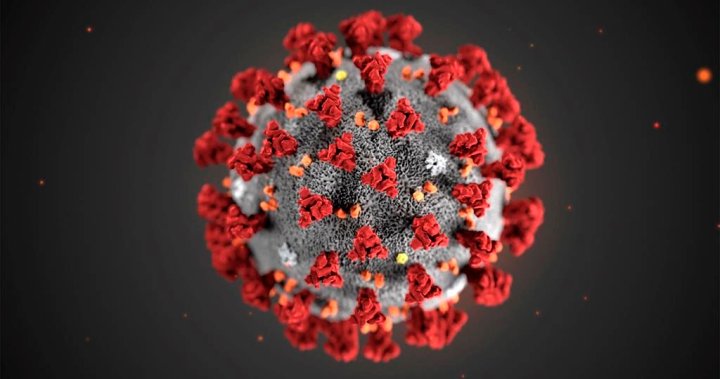The Future of Everything covers the innovation and technology transforming the way we live, work and play, with monthly issues on health, money, cities and more. This month is Education & Learning, online starting Aug. 6 and in the paper on Aug. 13.
Not all robots are good at math. Take ProJo, a program that researchers are testing to help students of all ages spot their math and science mistakes, embodied in a small, humanoid robot. Instead of standing in for an instructor, ProJo acts as a peer, inviting the students themselves to help it solve problems. “Let’s take turns,” it might say. “I’m not so good at this.”
ProJo can also help students work together and assess their growth and weaknesses, in both robot form and on a computer screen. It is one of a variety of teaching aids in development, boosted by artificial intelligence, that scientists and educators say could support tomorrow’s classrooms.
Typically, AI education products serve one function, such as assessing a student’s literacy, tailoring tools to individual learners or performing administrative functions such as grading. Next-generation tools may do all of this in a single platform, serving at times as a peer learning partner, a group facilitator and a monitor for educators—a sort of superpowered teacher’s assistant personalized for each student.
Educators have long feared that such a tool could replace them, says Lalitha Vasudevan, managing director at the Digital Futures Institute at Teachers College, Columbia University. Instead, she says, thoughtfully designed AI tools could help pick up on patterns in behavior and performance that a busy human might otherwise miss, making good teachers better and requiring more—and more data-savvy—educators.




